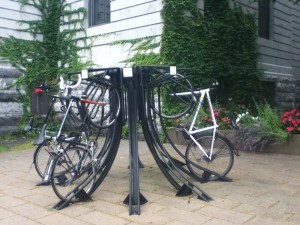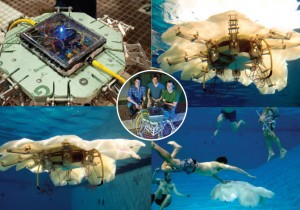The Schulich Library is excited to welcome not one, not two, but THREE new librarians to our ranks!
First, we have Nu Ree Lee. Nu Ree comes to us from Purdue University in Indiana where she was a research data management librarian. Nu Ree is the new librarian for Bioengineering, Biomedical engineering, Chemical engineering, Mining and Materials engineering, and Earth and Planetary Sciences (whew, so many). If she is your subject librarian, you can reach Nu Ree at nuree.lee@mcgill.ca
In addition to being an awesome librarian, Nu Ree has a King Charles Spaniel/Bichon mix dog named Chopin, is originally from Toronto, and recently took up kickboxing.
Next, we have Lucy Kiester. Lucy has moved here from Dalhousie University in Halifax where she worked in the Health Sciences library with Nursing and Dentistry. She is the new Undergraduate Medical Education Librarian (only 800 students!) and can be reached at lucy.kiester@mcgill.ca.
Lucy hails from a very small town in the Pacific Northwest, loves to salsa dance, and admits to watching a stunning number of videos on Youtube.
Last, but certainly not least, we have Andrea Quaiattini. Andrea comes to us from the University of Alberta where she worked all over their Health and Sciences libraries. She is the new liaison for Graduate Medicine, Medical Education, and many of the Medical Specialties. To reach Andrea email andrea.quaiattini@mcgill.ca.
Andrea is originally from Calgary, loves a good walk in the mountains, and proudly admits to knowing far too much (or exactly the right amount) about Monty Python.
All three of these librarians are very excited to be joining the team of librarians at Schulich and are looking forward to making connections with their students and faculty! Send an email to say hello, ask for a consult, or get other library support.
As ever, if you are unsure of who your subject librarian is, feel free to send an email with your question or topic of research to schulich.library@mcgill.ca, and we will be sure to direct your email to the correct librarian.



